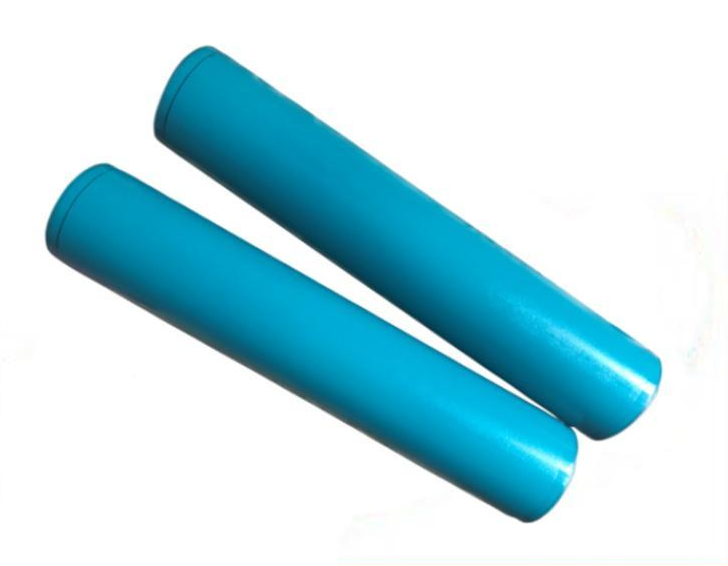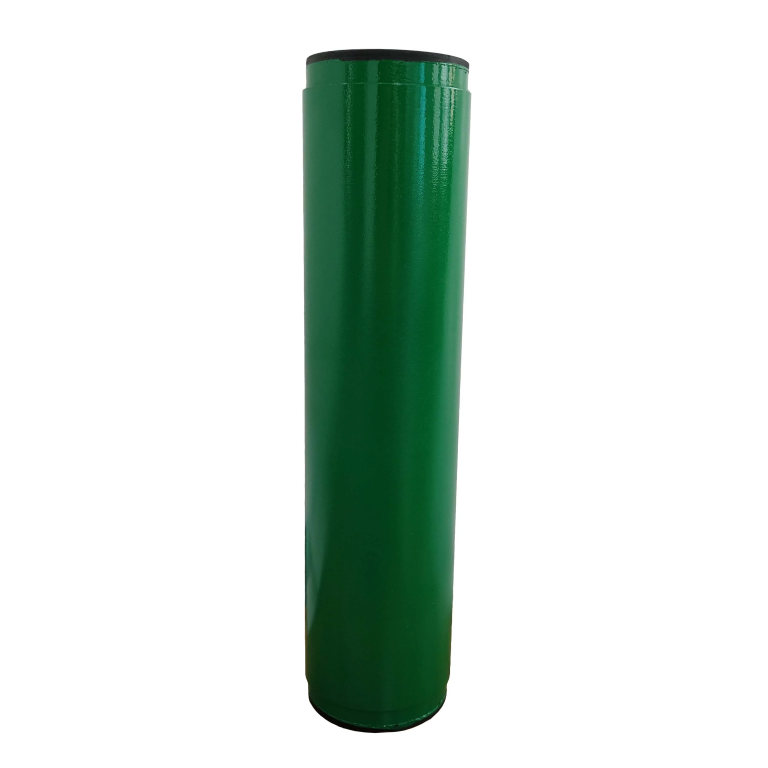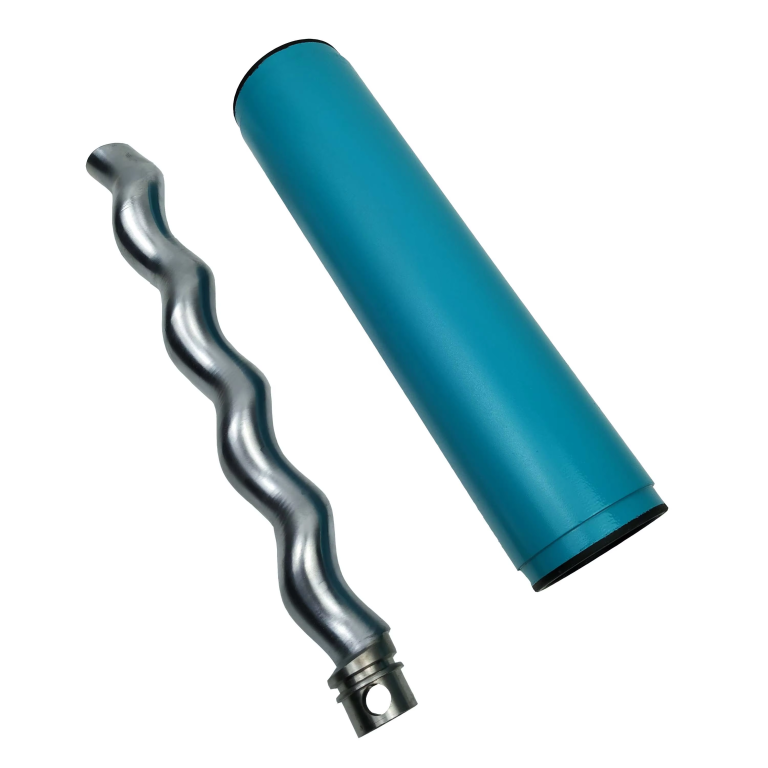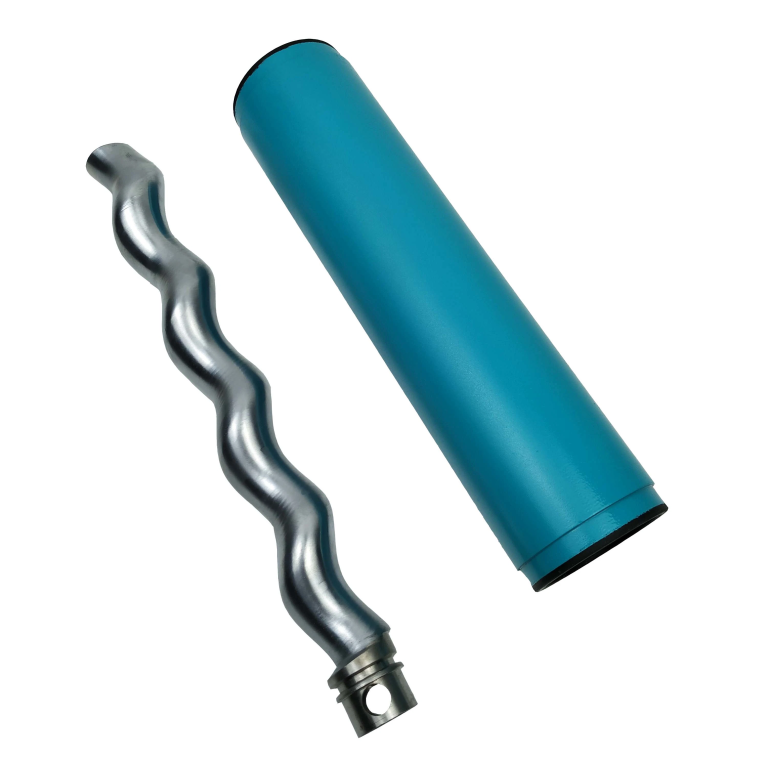pump stator
The pump stator is a critical component in various types of pumps, particularly in progressive cavity pumps and certain types of rotary pumps. It plays a vital role in the overall operation and efficiency of the pump.
1. Function of the Pump Stator
-
- Stationary Component:
-
- The stator is the fixed part of the pump that houses the rotor. It doesn’t move but is essential for the fluid movement.
-
- Fluid Movement:
-
- The stator works in conjunction with the rotor to create a cavity that traps and moves the fluid from the inlet to the outlet.
-
- Pressure Generation:
-
- As the rotor turns within the stator, it compresses the fluid against the walls of the stator, generating the necessary pressure to move the fluid through the system.

2. Design Characteristics
-
- Material:
-
- Typically made from durable materials such as rubber, plastic, or metal, depending on the application and the type of fluid being pumped.
-
- Shape:
-
- The stator usually has a helical or spiral shape that complements the rotor’s design, allowing for smooth fluid flow and minimal turbulence.
-
- Sealing:
-
- Designed to provide a secure seal against the rotor to prevent leaks and maintain efficiency.
3. Types of Stators
A. Progressive Cavity Pump Stator
-
- Used in progressive cavity pumps, designed to work with a helical rotor to create chambers that move the fluid.
B. Rotary Vane Pump Stator
-
- Found in rotary vane pumps, where it provides a chamber for the vanes to slide in and out, creating pressure and moving fluid.
C. Screw Pump Stator
-
- In screw pumps, the stator is designed to accommodate the twin screws, allowing for efficient fluid transfer.

4. Advantages of a Well-Designed Pump Stator
-
- Efficiency:
-
- A properly designed stator ensures smooth fluid flow, reducing energy consumption and improving the overall efficiency of the pump.
-
- Reduced Wear:
-
- High-quality materials and precise design help minimize wear and tear, extending the lifespan of the pump.
-
- Versatile Applications:
-
- Stators can be designed for various fluids, including viscous, abrasive, or shear-sensitive liquids, making them suitable for a wide range of applications.
5. Maintenance of Pump Stators
-
- Regular Inspection:
-
- Check for signs of wear or damage to ensure optimum performance.
-
- Cleaning:
-
- Regular cleaning is essential to prevent buildup that could affect fluid flow.
-
- Replacement:
-
- Stators may need to be replaced periodically, depending on the type of fluid handled and the operating conditions.












